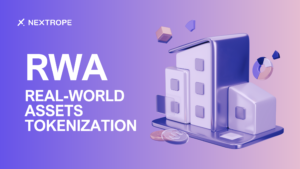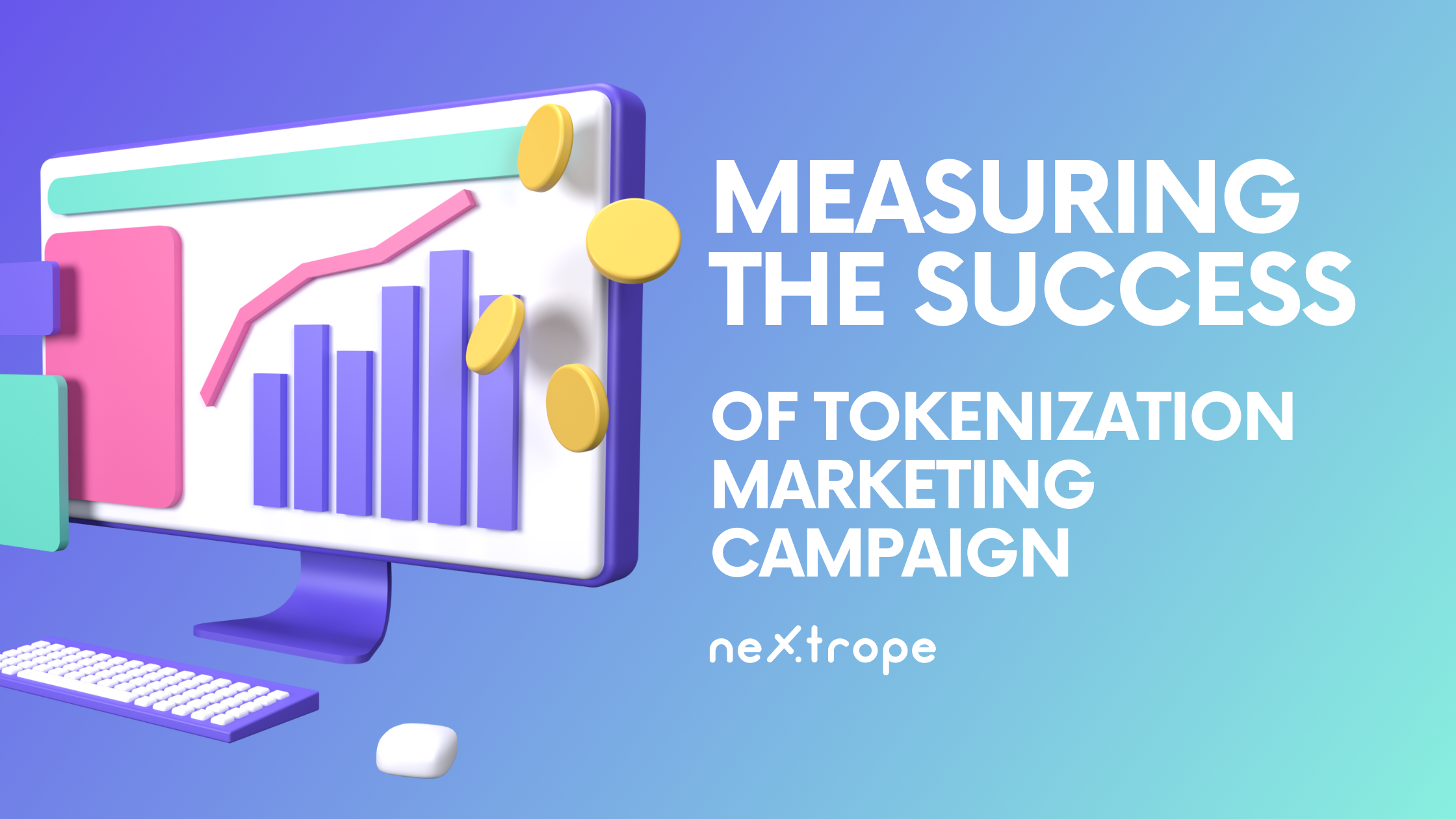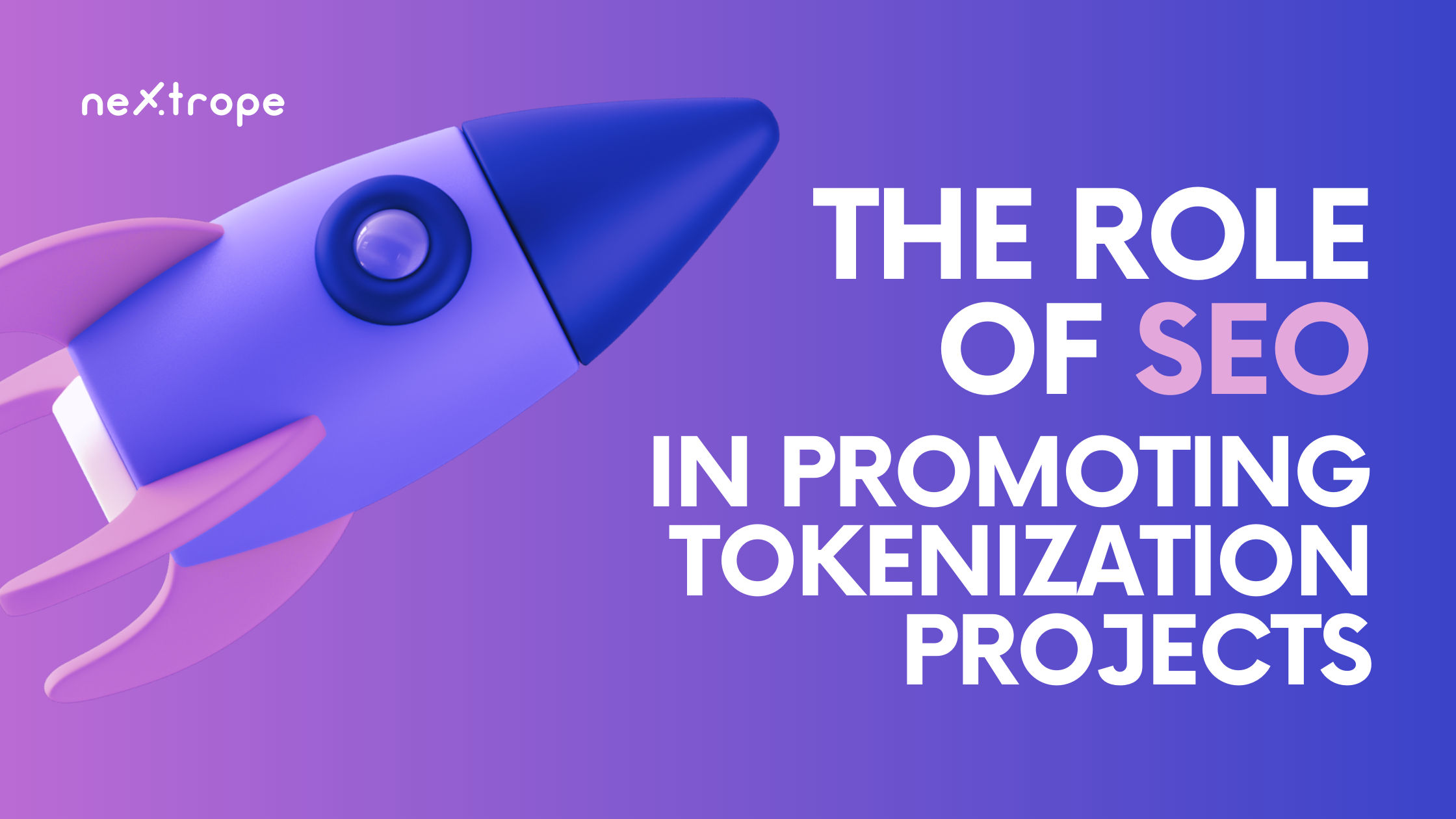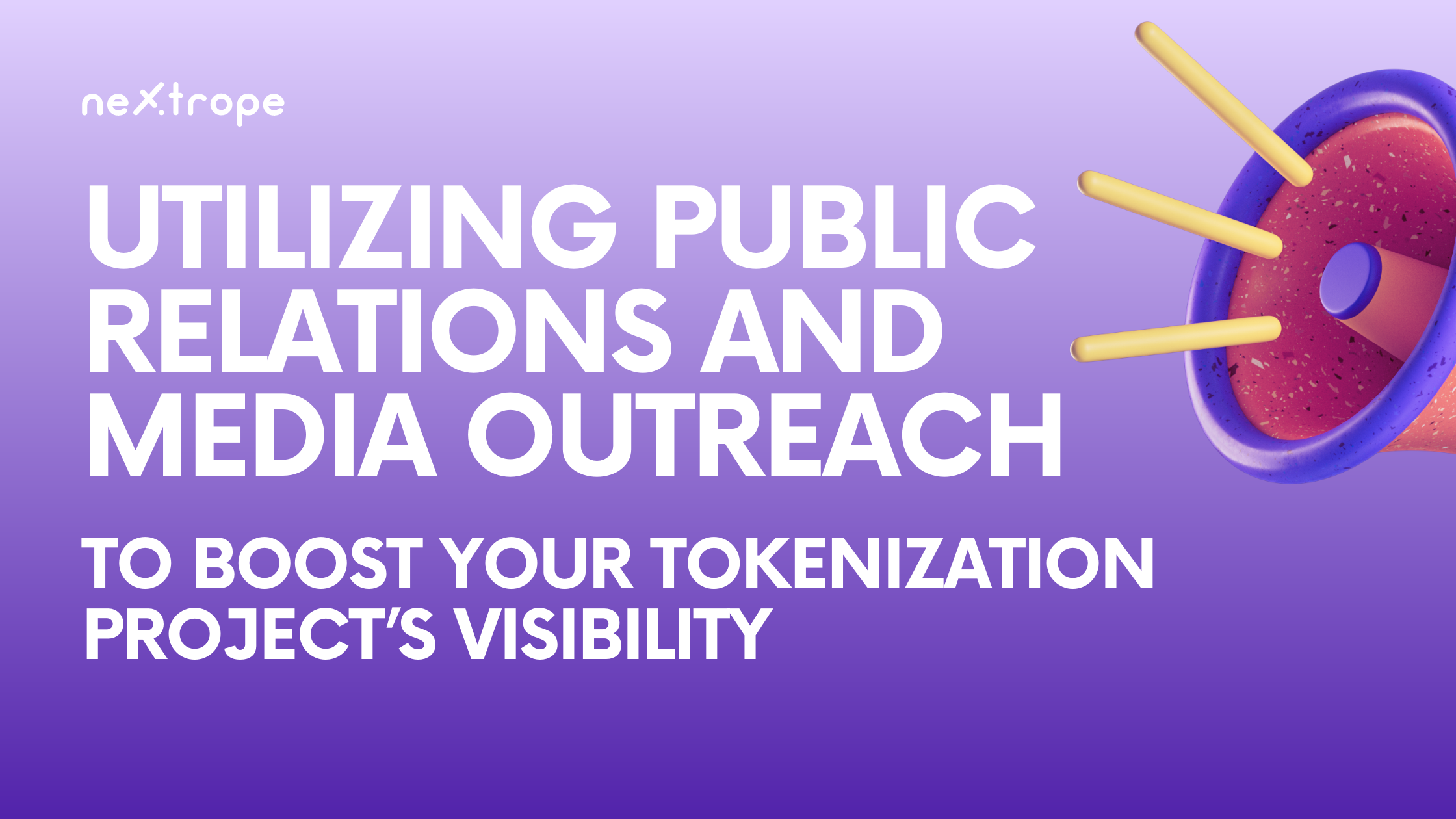Real-World Assets Tokenization
The very nature of ownership is being revolutionized by the transformative procedure of tokenization. This process involves symbolizing the ownership of a real-world asset with a digital token on a blockchain, similar to the transition from paper stocks to electronic stocks. However, it extends beyond just shares and can include almost any tangible or intangible asset.
There are several steps involved in the process:
1. Verification - Professionals verify the authenticity, ownership, and value of an asset before it can be tokenized, ensuring that only legitimate items enter the blockchain.
2. Digital Representation - After verification, the asset is represented as a digital token which serves as cryptographic proof of ownership, rather than a digital version of the asset itself.
3. Issuance - These tokens are then issued on a blockchain platform, where each token corresponds to a specific portion of the asset's value.
The Rise of Tokenized Assets
The combination of blockchain technology with traditional finance has led to a significant shift in asset ownership landscape. Digital assets have expanded beyond cryptocurrencies into tangible real-world assets resulting in a new era for tokenized assets.
Tokenized assets offer several promises:
- Diverse Portfolio - Investors can diversify their portfolios beyond traditional stocks and bonds, enabling investments in art, real estate, or precious metals via digital tokens.
- Global Accessibility - Tokenized assets are not restricted by geographical boundaries; an individual in Asia can invest in European real estate without physically visiting Europe.
- Innovative Financial Products - New financial products and services can emerge with tokenized assets, such as tokenized debt instruments or mutual funds comprising a combination of various tokenized assets.
The emergence of tokenized assets reflects blockchain technology's adaptability and versatility. As tokenization permeates different industries, it democratizes wealth creation and offers new investment opportunities. In this evolving landscape, the lines between physical and digital assets continue to merge, establishing the groundwork for decentralized finance's future.
Tokenization Revolution in Real Estate

Historically, real estate has been known as a profitable but highly illiquid asset. However, the introduction of real-world assets tokenization is revolutionizing this market, which has been characterized by high entrance barriers and cumbersome bureaucracy. The tokenization process is making the real estate sector more democratic, efficient, and accessible for everyone.
Tokenization divides property ownership into several tokens, allowing individuals to invest in portions of properties. This reduces the financial barrier and enables more people to engage in real estate investments. Tokenizing real estate assets allows investors worldwide to access markets previously unavailable due to geographical or financial restrictions.
The token representation of real estate properties simplifies the process involved in selling these assets – much like trading cryptocurrencies – ultimately enhancing liquidity in a traditionally static market. All token transactions are recorded on a blockchain, providing a tamper-proof and transparent record. This process aids in reducing fraud and disputes in property transactions.
With tokenization in the real estate industry, the way people invest, own, and transact is about to change dramatically, resulting in more streamlined and inclusive property investments.
Read our article about Blockchain in Real Estate Market!
Art and Collectibles Tokenization

The exclusive art and collectibles market is experiencing democratization through tokenization.
1. Broadening Market Participation - Tokenization makes it possible for art enthusiasts to own "shares" in masterpieces without spending millions on investments – even a few hundred dollars could get you a stake in prestigious artworks.
2. Provenance Tracking - Authenticity proof and tracking an item's history have been significant challenges in the art world. However, the immutable records of blockchain ensure that every transaction or ownership transfer gets recorded, confirming genuine artworks and minimizing forgeries.
3. Liquidity Enhancement - Traditionally, selling artwork could be time-consuming and require intermediaries like auction houses. Tokenized art enables direct and prompt trading on digital platforms.
4. Access to Global Market - Moreover, Artists can access a global investor base, and art enthusiasts from around the world can invest without any geographical limitations.
Tokenization is transforming art ownership and trading, making it more transparent, accessible, and liquid.
Intellectual Property and Patent Tokenization
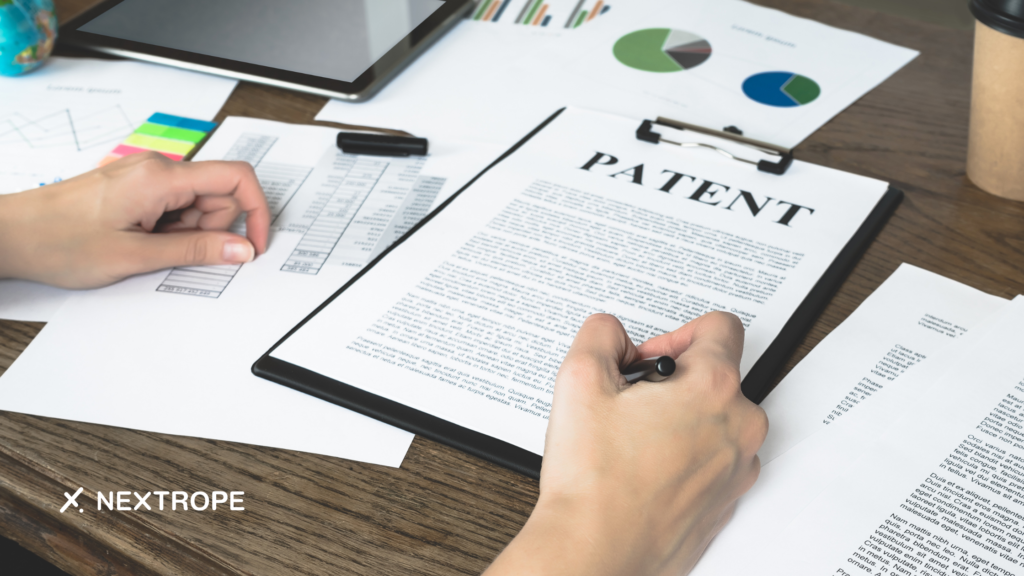
Intellectual property (IP), an essential but frequently intangible asset, is finding new opportunities through tokenization.
In the past, monetizing patents or copyrights might have been challenging. Tokenization provides creators and IP holders with new revenue streams by allowing them to sell fractional ownership of their IPs. Tokenized IP simplifies licensing processes; smart contracts on the blockchain automate royalty payments each time a tokenized IP is used, ensuring fair compensation for creators.
Inventors and creators can access a worldwide market, widening their IPs' exposure and increasing potential revenues. Transferring IP rights has typically been a bureaucratic process. With tokenized IPs, trades and transfers can be fast and direct. A blockchain offers a transparent, tamper-proof record of IP ownership, which helps resolve disputes and ensure clarity.
Tokenization of IPs and patents has the potential to revolutionize how we evaluate, trade, and protect intellectual assets while offering more streamlined processes and broader access to IP markets.
Navigating Regulatory Challenges for Real-World Assets Tokenization
As interest in tokenized assets continues to soar, the technology finds itself at an intersection between innovation and regulation. This brings about various complexities that must be addressed.
- The early stage of tokenization has left many jurisdictions without comprehensive regulatory frameworks in place, causing hesitance from institutional investors seeking clarity and assurance.
- Regulators are concerned about possible misuse of tokenization, such as misrepresenting or fraudulently claiming assets; their priority is investor protection.
- Tokenizing assets like real estate and art can create complications in cross-border transactions due to differing regulatory environments.
- It is critical that tokenized systems conform to established financial and legal requirements, including Anti-Money Laundering (AML) and Know Your Customer (KYC) regulations.
Even with these obstacles present, there is a clear effort to integrate tokenized assets into the conventional financial landscape. Regulatory authorities worldwide are actively participating in discussions, creating committees, and collaborating with fintech companies to develop necessary guidelines. Their proactive approach signals both acknowledgment of the industry's potential and a desire to promote growth while maintaining security.
The Emerging Landscape of Asset Ownership - Conclusion
We are on the verge of a financial revolution as tokenization shifts our understanding and management of real-world assets. It's possible that future generations will consider our current asset ownership concepts antiquated. Fractional ownership of paintings, iconic structures, or innovative patents could become as ordinary as owning company shares today.
Additionally, the evolution of regulatory frameworks and technological advancements will further bridge physical and digital assets. This fusion will enable greater opportunities for wealth generation, investment, and worldwide collaboration.
In summary, as the distinction between tangible and intangible, physical and digital diminishes, a future where assets are more accessible, markets are more democratic, and the world is more interconnected than ever before awaits us.
 en
en  pl
pl 
